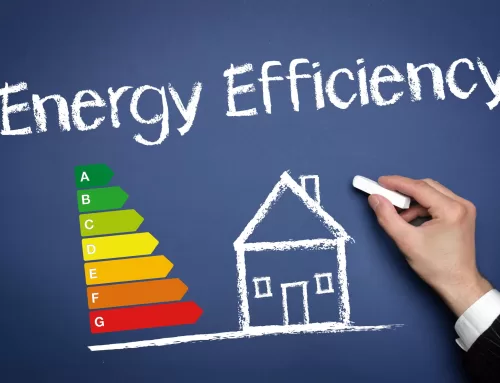CARBON MONOXIDE AWARENESS
What is Carbon Monoxide (CO) poisoning?
Carbon Monoxide Awareness can help save lives! Carbon Monoxide (CO) poisoning can have dire and lasting health consequences, such as brain damage and, in the most severe cases, even death. This poisoning transpires when CO displaces the oxygen in your bloodstream, resulting in oxygen deprivation that causes the deterioration of your body tissues and cells. Notably, even minimal amounts of this gas can induce CO poisoning, which, over time, can lead to lasting effects like paralysis and brain damage.
How is Carbon Monoxide Produced?
Incomplete burning of gas and Liquid Petroleum Gas (LPG) produces Carbon Monoxide. An incorrectly fitted, poorly maintained, or inadequately repaired gas appliance can cause incomplete combustion. By obstructing flues, chimneys, or vents, an environment is created where appliances might struggle to function efficiently. The burning of solid fuels like coal, wood, petrol, and oil can also lead to the production of carbon monoxide.
There are six main symptoms to look out for:
Headaches
Dizziness
Nausea
Breathlessness
Collapse
Loss of consciousness
Being aware of the symptoms could save your life
CO symptoms can be very similar to those of flu, food poisoning, viral infections and fatigue. This is why it’s common for people to mistake this very dangerous poisoning for something less severe.
Other signs that could indicate CO poisoning are:
Symptoms are evident when you are at home; but, once you leave they reduce or disappear completely.
Others in your household (including pets) are experiencing similar symptoms and they appear at a similar time.
What to do if you suspect CO poisoning
Ventilate your house by opening doors and windows and turn off your gas appliances. Get fresh air immediately by going outside.
See your doctor immediately or go to hospital – let them know that you suspect CO poisoning. They can do a blood or breath test to check. In emergency circumstances call for an ambulance and tell them that you have symptoms relating to carbon monoxide poisoning.
If you think there is an immediate danger, call the Gas Emergency Helpline on 0800 111 999.
Ask a Gas Safe registered engineer to inspect your gas appliances and flues to see if there is a dangerous problem.
What are the warning signs of a CO leak
The warning signs of a carbon monoxide leak can include any of the following:
A lazy yellow or orange flame colour on your gas hob, a normal flame should be a crisp blue;
Dark staining on/around appliances;
Pilot light that frequently blows out;
Increased condensation on windows.
Ensure you have any gas appliances serviced regularly to avoid issues with CO poisoning. Always use a Gas Safe Registered engineer to carry out any work on your gas appliances. Check if your gas engineer is registered on the Gas Safe Register
The benefits of having a CO alarm
Regular servicing by a Gas Safe Registered Engineer is imperative to uphold the maintenance of your gas appliances. In addition to this, having an audible CO alarm provides a robust secondary layer of protection. These alarms, resembling smoke alarms, are available from most DIY stores and supermarkets. Exploring options like Nest Protect, a combined smoke and CO alarm, can be advantageous.
It’s essential to ensure that your chosen alarm conforms to EN 50291 and prominently displays the British Standards Kitemark or an equivalent approval from a European organization. As part of a proactive approach, we advise the placement of alarms in every room housing gas appliances, it’s crucial to adhere to the manufacturer’s installation instructions during setup.
Furthermore, it’s worth noting that the majority of CO alarms boast a battery life of up to 5 years, contributing to their long-term effectiveness.








